ADSactly Literature: The Reader As A Textual Strategy
A few days ago I presented a paper on poetic language and image. In a nearby line, I will share in this post another theoretical-critical work around a renewed conception of the figure of the reader.
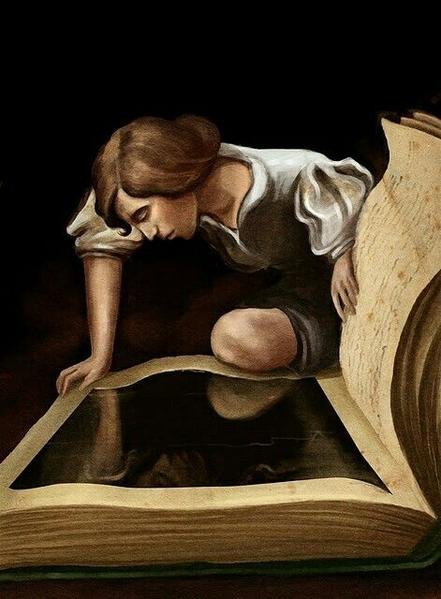
=========================
Roland Barthes
From the author-work to the reader-work
In general, it is shared the formulation, exposed by many theorists and critics, that understands the literary work as a communicative phenomenon, composed by the triad proper of every signification process: transmitter-message-receiver, or, in other words, author-reader. This process could be subdivided into two phases: author-work / work-reader. Although they are distant, between both phases there is a relationship of reciprocal conditioning. In this respect, the specialist Bobes Naves notes: "The first without the second is not complete, the second without the first is not possible".
For a long time the first phase was privileged, sometimes emphasizing the author, sometimes the work. In the first case, it was a matter of elucidating the author's purposes. The quoted author points out that she intended
understanding the literary work as the product (poiesis) of a man, from whom it was believed that the whole meaning of the work should come from his intentions (...) and from his own competence to express them in writing.
In the first case, the theoretical, analytical and methodological currents that gave priority to the work, its form, its constituent elements, the intrinsic properties of writing, etc., are inscribed. ("operocentric" currents are called by the researcher Lisa Block); such is the case of the different formalisms and structuralisms, to indicate the main tendencies.
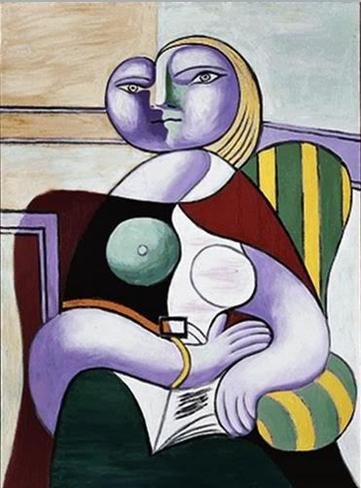
The "operocentric" aspect was the dominant one in the contemporary theoretical-critical-pedagogical approach to the treatment of the literary text, which advocates an immanent (exclusively textual) study of the literary work, leaving out the historical context and the addressee. Within such currents, structuralism was the one that achieved the greatest influence, becoming an optic that maintained its almost tyrannical authority for many years. For the structuralist approach, according to the theorist Eco:
it was an accepted dogma that a text should be studied in its own objective structure, as it manifested itself on its signifying surface. The interpretative intervention of the addressee was ignored, when not simply eliminated as a methodological impurity.
In recent decades, the reader has acquired increasing relevance, which coincides with the attenuation of the figure of the author and a criticism of the work's self-sufficiency. This shift towards the figure of the reader begins with tendencies that aim to describe elements (structures, codes) responsible for the production of meaning, and direct their interest towards the process of reading and its conditions of realization.
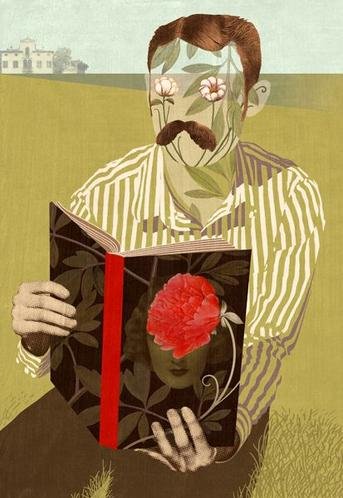
But the movement that has given back to the reader its decisive character is not produced as a simple theoretical-critical re-arrangement; it has among its primary reasons the appearance of those works that Echo called open works, which, as the theorist Culler indicates:
provoke a general revaluation of the status of reading by inviting the acting reader to play a more fundamental role as a builder of the work.
In fact, it is the so-called open works that have allowed, with their impulse of freedom and modernity, to stop at the role of the reader; at the same time, this claim has made possible a different look at the past and to understand, then, that always, to a lesser or greater degree, the figure of the reader has been present. In this sense, literary modernity has served to "rediscover" an implicit consideration, which Culler takes up as follows: "The structure and meaning of the work emerge through a form of the reader's activity". Reading is, above all, an experience of interpretation, and in the experience is the meaning.
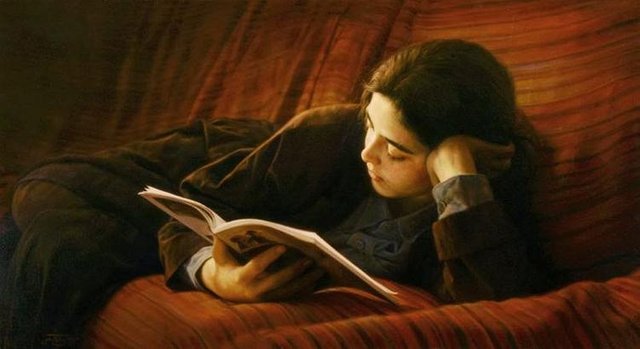
From the reader in textual cooperation
If one does not want to fall into the criticized extremes, nor conceive of an absolute and isolated reader, it becomes necessary to resize the reader's work phase in all its complexity. Then the question posed by Echo becomes relevant:
how could a work of art postulate, on the one hand, a free interpretative intervention on the part of its addressees and, on the other, exhibit structural characteristics that stimulate and at the same time regulate the order of its interpretations?
The answer seems to lie in the fact that a cooperative relationship is established between the work and the reader, which makes any self-sufficient position difficult. The reader, although he or she is an empirical element, that is, a flesh-and-blood being, is also a textual factor; that is, the reader is foreseen in the text, is part -in the words of Eco- of the generative framework of the text itself. And this is one of the most attractive and productive features of this conception.
The reader, as has been said, is a composite entity: he is real, empirical, and, at the same time, "invented", if the word can be used: he exists in his reading activity and he is doing what is foreseen by the work. It recognizes its own horizon of expectations (that which is formed as a real individual) and that which is predicted in the text; it locates the places of indetermination of the text and tries to fill their gaps; it creates hypotheses and lets itself be led by the paths implicit in the work; it interrelates its previous knowledge with the plot of the work's discourse; it decovers its ideological concepts; it updates its competencies; it differentiates itself or identifies itself with the work.
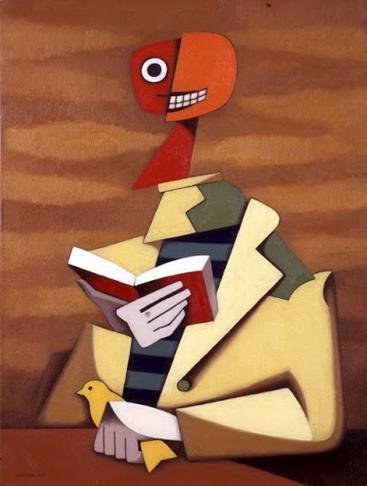
In this order of ideas, it is necessary to refer very briefly to the proposal developed by Eco in his book Lector in fabula, where he postulates the textual cooperation as a phenomenon that takes place between two discursive strategies, not between two empirical subjects; that is to say, a phenomenon in which a dialogical relationship takes place between the Model Reader and the Model Author, both understood as textual strategies.
Although this would be for other post(s), if it is useful, I could advance the following synthesis: the Model Reader -as defined by Eco- is a set of textually established conditions, which must be satisfied by the real reader in order to fully realize the potential of the text.On the other hand, the Model Author is conceived as the hypothesis manufactured by the real reader, deduced from the data of the textual strategy, therefore, he is the subject of this one as the text itself presents it, and he is not identifiable with the real, empirical author, be he William Shakespeare or Virginia Woolf.
Bibliographical references:
Bobes Naves, María (1993). The novel. Spain: Edit. Synthesis.
Block, Lisa (1984). A rhetoric of silence. Functions of the reader and procedures of literary reading. Mexico: Siglo XXI editores.
Culler, Jonathan (1992). On deconstruction. Spain: Edit. Cátedra.
Eco, Umberto (1990). Open work (3rd ed.). Spain: Edit. Ariel.
Eco, Umberto (1987). Reader in fables (2nd ed.). Spain: Edit. Lumen.
Click the coin below to join our Discord Server
)
As you have said, modernity gives way to the recognition of the effective participation of the reader in the construction of any text. While it is true that when writing, the author should not be thinking in the first place about the reaction his work will have, if he is thinking about who he is addressing and what is the most convenient way to reach him. That reader must have the necessary tools to interpret the text. If a reader does not have the tools, the text does not fulfill its function or at least not the one the writer intended. A perfect case is the use of irony, for example: if the other does not understand the word game, the irony does not exist, it is lost. Excellent work, as always, @josemalavem.
Your comment is a very appropriate application of the central approach to the reader's interpretative competence. Thank you, @nancybriti.